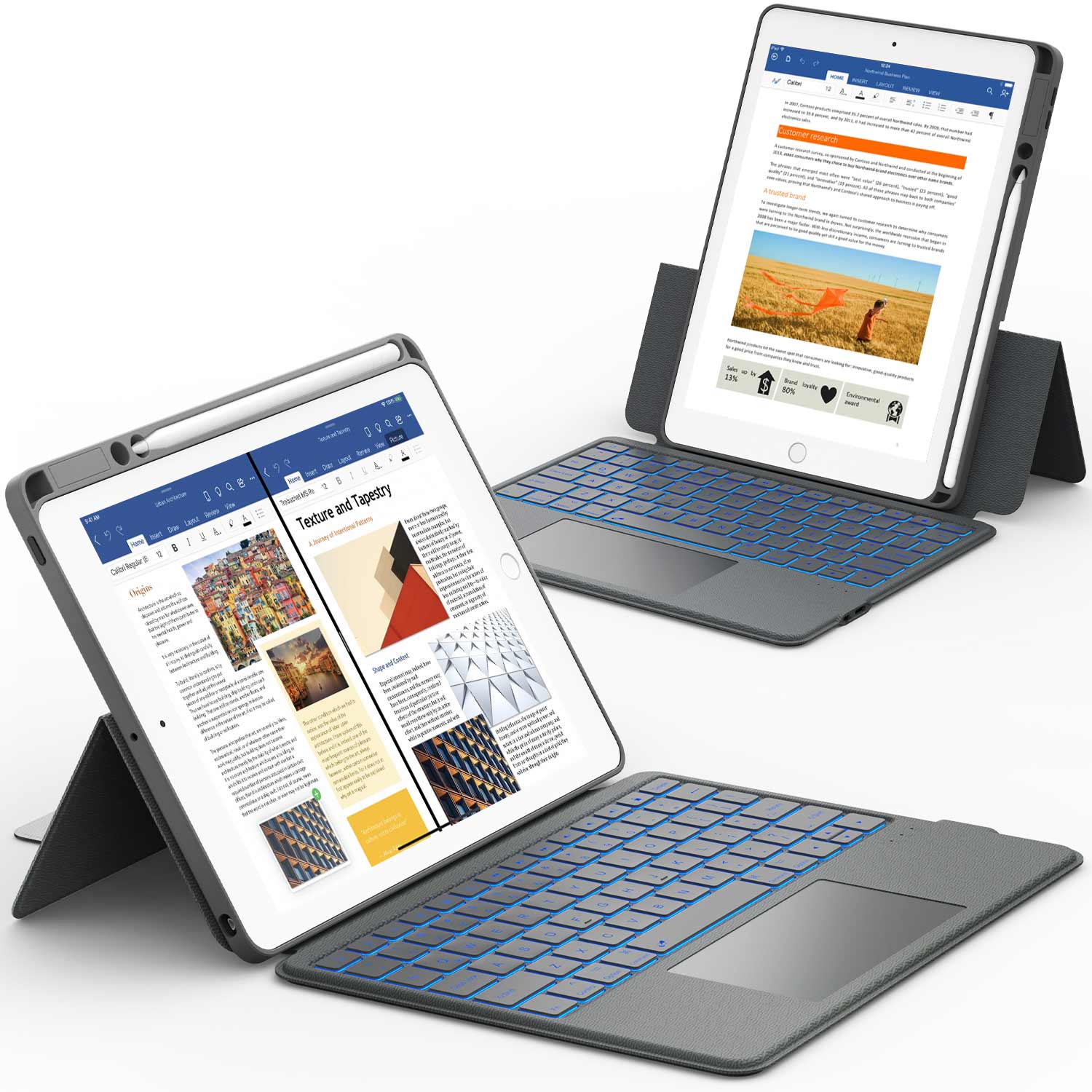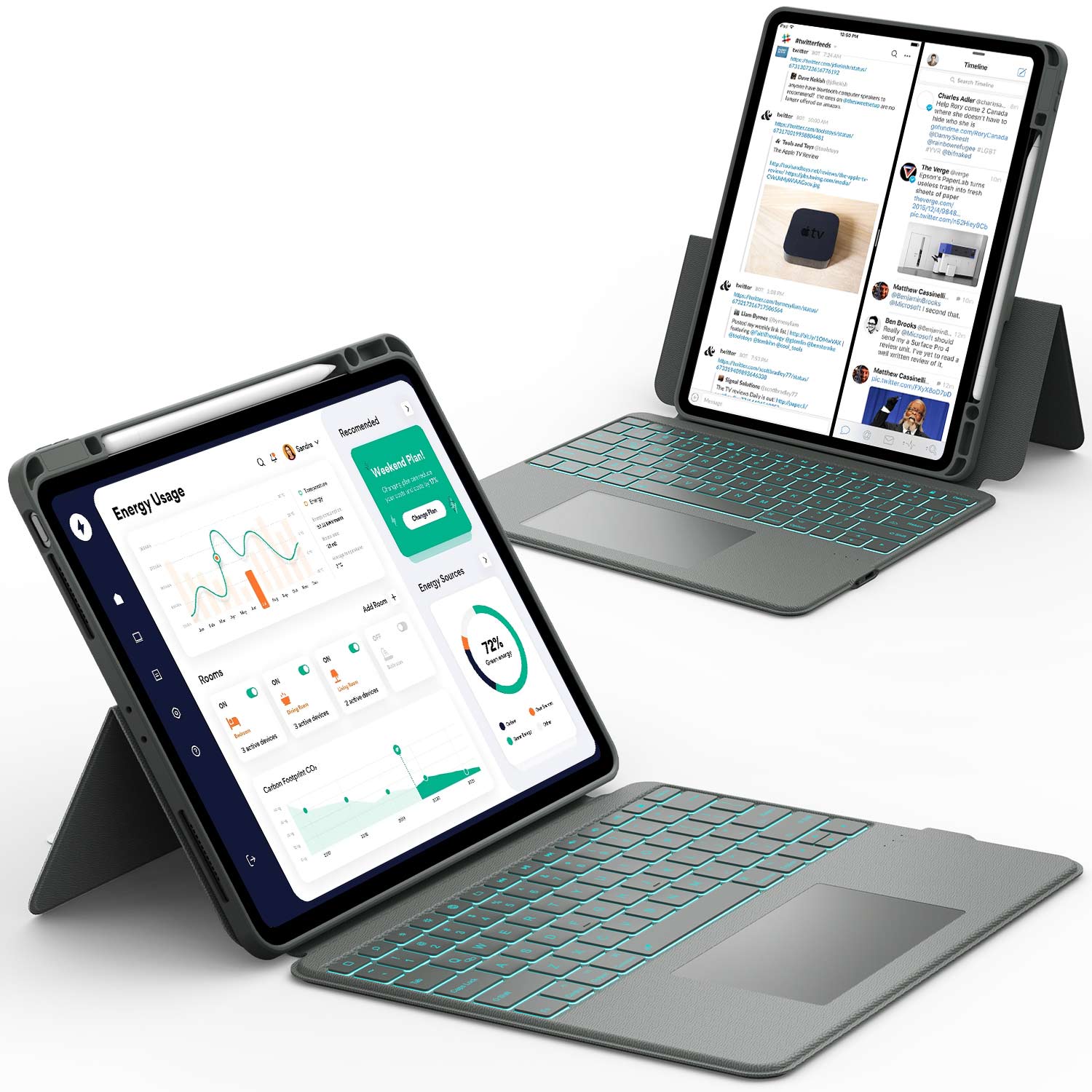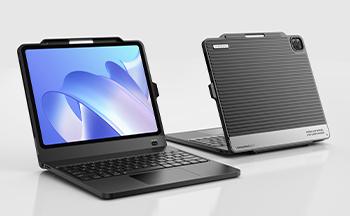If you’re searching for the Mac task manager, you might be surprised to find it’s called Activity Monitor on a Mac.
This built-in tool works just like Task Manager on Windows, showing you every app and process running in real time.
With Activity Monitor, you can see which programs are using up your CPU, memory, or network, and quickly quit anything that’s slowing you down. There’s also a simple “Force Quit Applications” option for closing frozen apps fast.
Knowing how to use the Mac task manager can save you time and keep your Mac running smoothly—let’s dive in!
What Is the Mac Task Manager (Activity Monitor)?
The tool often called the "Mac Task Manager" is officially named Activity Monitor. This built-in app lets you see and control all the processes running on your Mac, much like Task Manager does on Windows.
You can find Activity Monitor by going to Applications > Utilities, or simply open Spotlight and type in "Activity Monitor" to launch it quickly.
Mac Task Manager vs. Windows Task Manager
On a Mac, there isn’t a tool named "Task Manager" like on Windows. Instead, you use Activity Monitor.
Both tools serve a similar purpose, but Activity Monitor presents data a bit differently. While the Windows Task Manager focuses on programs, background processes, and basic resource usage, Activity Monitor dives deeper.
You can view real-time graphs and see how each process affects your CPU, memory, energy, disk, and network. To open Activity Monitor, go to Applications > Utilities > Activity Monitor.
You can also press Command + Space and type "Activity Monitor" to find it quickly. You don’t need to download or install anything extra—it’s already there on every Mac.
Key Features of Activity Monitor
Activity Monitor tracks five main resources:
- CPU: See which apps or background processes use the most processing power.
- Memory: Check which programs eat up your Mac’s RAM.
- Energy: Find out which apps drain your battery the fastest—super handy for laptop users.
- Disk: Monitor how much data apps read from or write to your storage.
- Network: Track how much data each app sends or receives.
You can force quit any app or process right from Activity Monitor by selecting it and clicking the “X” button in the toolbar. The search bar lets you find applications by name, making it easy to manage what’s running.
Graphs and colored bars give you a visual overview so you can spot problems fast. If your Mac is acting up, these visuals help you troubleshoot slowdowns, freezes, or overheating.
How to Open Mac Task Manager Quickly

You can access Mac’s task manager, Activity Monitor, in a few ways. Using keyboard shortcuts or poking around in Finder lets you easily check and control which programs are running.
Shortcut to Open Mac Task Manager
If you need to open the Mac task manager fast, use the Spotlight Search shortcut. Hold down Command (⌘) + Spacebar to launch Spotlight.
Type Activity Monitor and hit Return. This method is much faster than browsing through folders.
If an app is unresponsive or hogging memory, you can react quickly. Activity Monitor gives you real-time details about CPU, memory, energy, disk, and network usage.
The shortcut works on all modern macOS versions. You can also use Spotlight to access other apps and files, which makes it a handy tool for daily stuff.
Finding Activity Monitor in Applications
If you want to find Activity Monitor without shortcuts, head to the Applications folder on your Mac. Here’s how:
- Click the Finder icon in your Dock.
- Select Applications from the sidebar.
- Open the Utilities folder inside Applications.
- Double-click Activity Monitor to open it.
The Utilities folder also includes other handy tools like Disk Utility and Terminal. If you use Activity Monitor often, drag its icon to the Dock for quicker access next time.
This step-by-step method is nice if you forget keyboard shortcuts or just prefer browsing. It works on all Macs and doesn’t need any extra setup.
How To Use Mac Task Manager to Manage Apps and Fix Problems
Activity Monitor is the Mac’s built-in tool for checking what your computer’s doing. You can watch how apps use your system and stop apps that aren’t working right.
Monitor CPU, Memory, Disk, and Network Usage
Open Activity Monitor by going to Applications > Utilities > Activity Monitor. When you launch it, you’ll see a window with tabs for CPU, Memory, Energy, Disk, and Network.
The CPU tab shows how much processing power each app uses. If your Mac feels slow, check here for any apps hogging the CPU.
The Memory tab helps you spot apps that eat up lots of RAM, which can make your Mac lag. Look for apps at the top of this list if you experience slowness.
The Disk tab shows how much data each app reads from or writes to your hard drive. If something’s causing heavy disk activity, you’ll see it here.
The Network tab displays which apps send or receive the most data over the internet. If your internet feels sluggish, check this tab.
Quick reference table:
|
Tab |
What it shows |
When to check it |
|
CPU |
Processor usage |
Mac is hot or slow |
|
Memory |
RAM usage |
Running out of memory |
|
Disk |
Read/write activity |
Apps slow to save |
|
Network |
Data upload/download |
Slow or busy network |
Force Quit or Kill Unresponsive Apps
If an app isn’t responding, you can use Activity Monitor to force it to close. Find the app on the list, click it to highlight it, then hit the X button at the top left of the window.
A dialog will pop up with options to Quit (try to close the app normally) or Force Quit (shut it down right away). Use Force Quit if the app refuses to close.
Killing an unresponsive app this way can free up resources and help your Mac work better. You can also use the Command + Option + Esc shortcut to open the Force Quit Applications window for a simple list of open apps, but Activity Monitor gives you more detail and control.
Always save your work before quitting or killing an app, since you might lose any unsaved changes. It’s a little thing, but it’ll save you headaches.
Thinking about using your iPad as your main computer? Get the facts in Can the iPad Pro Replace Your Laptop? Find Out Now.
Advanced Tips and Alternatives for Mac Task Manager
Activity Monitor gives you more control over your system than most people realize. Besides built-in tools, you can use third-party apps or Terminal commands to monitor and manage tasks even more efficiently.
Customizing Activity Monitor
You can tailor Activity Monitor to fit your needs. In the View menu, change which columns appear, like % CPU, Memory, and Energy Impact.
Sort the columns to quickly see which app uses the most resources. The toolbar lets you switch between tabs: CPU, Memory, Energy, Disk, and Network.
If you want continuous updates, adjust the update frequency by clicking View > Update Frequency. For a quick snapshot, add Activity Monitor to your Dock, then right-click the icon and pick a specific monitor (like CPU Usage) to show real-time performance in the Dock itself.
Use the Sample Process feature (from the gear icon) to analyze what a process is doing. It can help you troubleshoot stubborn issues that just won’t go away.
Terminal and Third-Party Task Manager Apps
The Terminal gives you more direct system control. Try commands like top, htop (if you’ve installed it), or ps aux to see real-time or detailed lists of running processes.
You can end a process by using kill followed by its PID. If you want a visual alternative, a few apps go beyond Activity Monitor.
- Task Manager: Open-source with detailed app info.
- Commander One: Lets you terminate system and user tasks.
- iStat Menus: Adds menu bar stats for CPU, RAM, and more.
Some of these tools let you watch hidden or system processes and manage files at the same time. You get more oversight and control, but always be cautious when stopping critical system processes—it can mess with system stability.
Final Thoughts
The Mac Task Manager, known as Activity Monitor, is your go-to tool for checking what’s happening on your Mac. With just a few clicks, you can monitor your computer’s performance, close unresponsive apps, and keep your Mac running smoothly.
Now that you know how to open and use the Mac Task Manager, you can easily solve problems and keep your Mac in top shape. Try using Activity Monitor the next time your Mac feels slow or an app freezes—it’s quick, easy, and super helpful!
Not sure which device suits your needs? See a clear comparison in iPad Pro vs MacBook Air: Which Is Right for You?
Frequently Asked Questions
What is Ctrl+Alt+Delete on Mac?
On a Mac, the direct equivalent to Windows' Ctrl+Alt+Delete is Command (⌘) + Option (⌥) + Escape (⎋). This shortcut opens the Force Quit Applications window.
From here, you can choose an application and force it to close if it’s not responding.
How do I turn off programs running in the background on my Mac?
Open Activity Monitor from your Applications > Utilities folder. Find the program you want to stop in the list.
Select it, then hit the "Quit Process" (X) button in the toolbar. If you need to, you can force quit an app by pressing Command + Option + Escape if it shows up in the Force Quit window.
How to check which apps are running in the background on a Mac?
Head to Activity Monitor in the Utilities folder. It’ll show you all the active apps and processes.
You can check out CPU, memory, energy, and network usage for each one. Honestly, it’s a little overwhelming at first, but you’ll get used to it.
How do I close unnecessary background processes on Mac?
In Activity Monitor, just select the process you want to stop and click "Quit Process." If it refuses to quit, go ahead and pick “Force Quit” when prompted.
But don’t go wild—quitting system processes can mess with your Mac’s performance or even stability. Stick to apps you recognize.
















